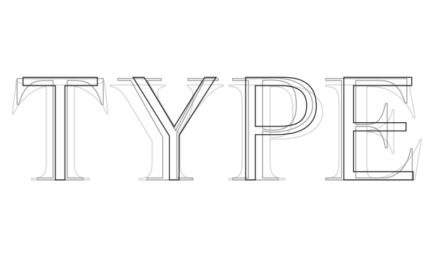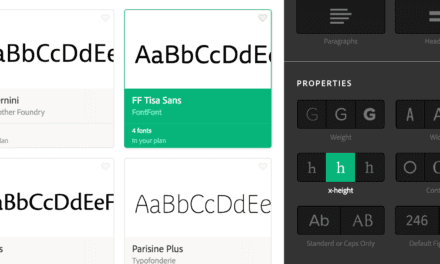ARTICLE SUMMARY: There is something about minimalist design that appeals to just about everyone. It’s orderly, it’s elegant, and it streamlines the experience. With minimal effort, users find exactly what they need. It’s hailed as the ultimate design solution. But, should it be?
Despite that minimalist design often presents itself as neutral, not everyone sees it that way. While some designers appreciate its structured clarity, others experience it as cold or even oppressive. Its focus on reduction and restraint can overlook cultures that celebrate ornamentation, symbolism, and richly layered narratives.
In “The oppressive foundation of minimalist design,” Michael F. Buckley dives into why minimalist design is so widely embraced and why it might not be as neutral as many designers believe. He centers his argument around
- The Myth of Neutrality
- Minimalism as Symbolic Action
- Toward a Pluralistic Design Ethic
Michael feels that minimalism doesn’t dominate with force, it governs with order. By stripping away excess, it decides what’s worthy. In that act of removal, a subtle hierarchy emerges, one that elevates certain aesthetics and cultures while silencing others. Is that type of design considered neutral or oppressive.
He suggests minimalism is just one of many design dialects rooted in specific values and histories, not a one-size-fits-all standard. Just as language evolves by embracing diverse voices, design must expand to include multiple traditions, each offering its own structure, symbolism, and sense of clarity.
This article raises some compelling points, we are genuinely curious about your perspective. Share your thoughts in the comments below.




